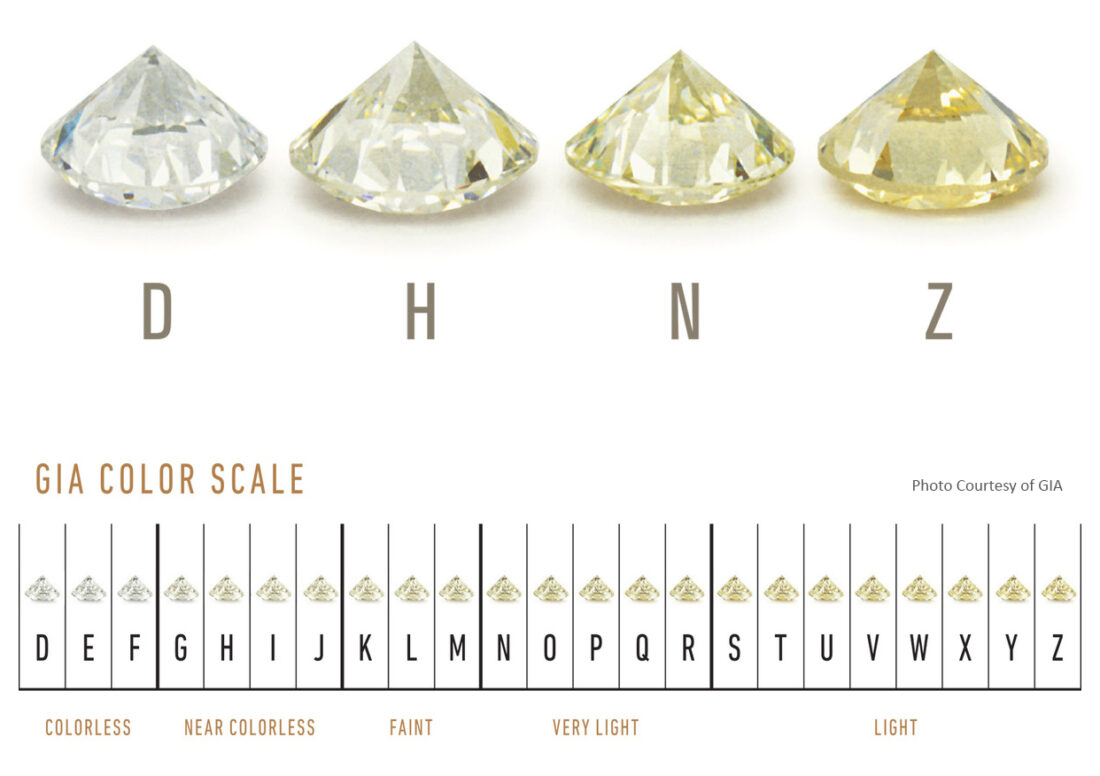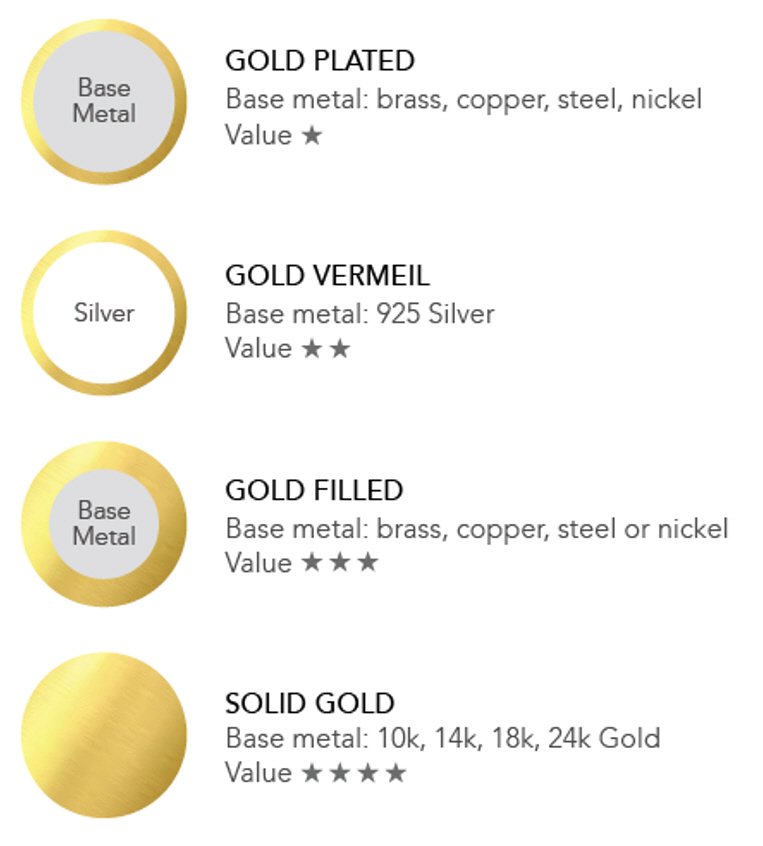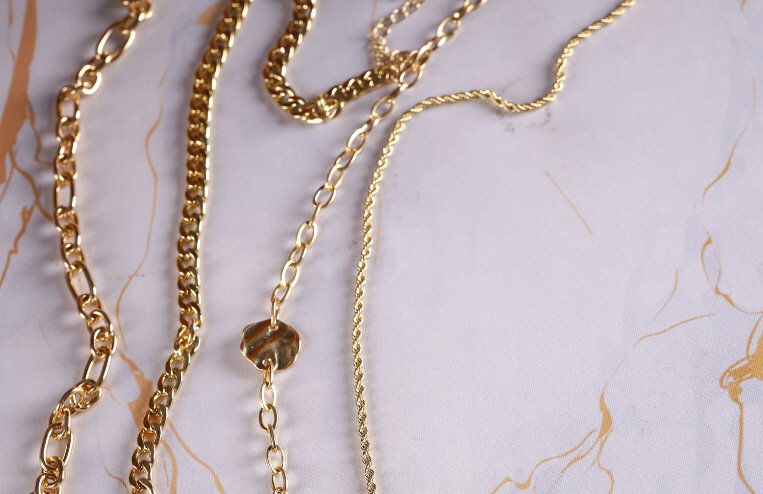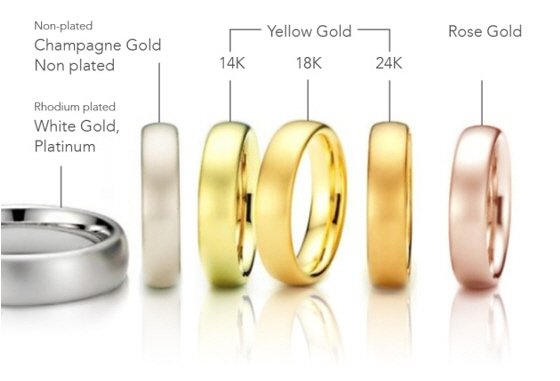
Diamond Story 6 – Understanding Diamond Color: The Importance of Color in Evaluating Value
In this column, we will delve into Color (color) alongside Cut (cut) as one of the most important aspects when evaluating diamonds. Even if a diamond is perfectly cut, the presence of color can reduce its brilliance and light dispersion.
Color (Color)
The clearer and more colorless a diamond, the higher its value. Diamonds are categorized into color grades based on their lack of color.
Diamond color refers to the natural tint present in the stone. While most diamonds naturally have slight yellow undertones, the closer a diamond is to being colorless, the more valuable it becomes.
To assess diamond color, GIA (Gemological Institute of America) uses a grading system that compares each diamond to a master stone for evaluation. The grades range from Colorless (D, E, F) to Near Colorless (G, H, I), Faint Yellow (J, K, L, M), Very Light Yellow (N, O, P, Q, R), and Light Yellow (S, T, U, V, W, X, Y, Z). D-grade diamonds are the highest, while Z represents the lowest grade. Diamonds graded D, E, F, and G are often grouped together as Collection colors due to their rarity.
Diamonds with colors deeper than “Z” fall into the Fancy Collection, which includes colors like intense yellow, brown, gray, orange, blue, green, pink, and red. Among these, rare fancy-colored diamonds like blue, pink, and red are highly sought after and hold exceptional value. Generally, diamonds with minimal color, closest to colorless, hold the highest value.
Because the difference in color between diamonds is subtle, it can be difficult for the average consumer to distinguish them. Additionally, grading can vary slightly between gemological institutions, making it essential to rely on a trusted gemologist for accurate evaluation.





